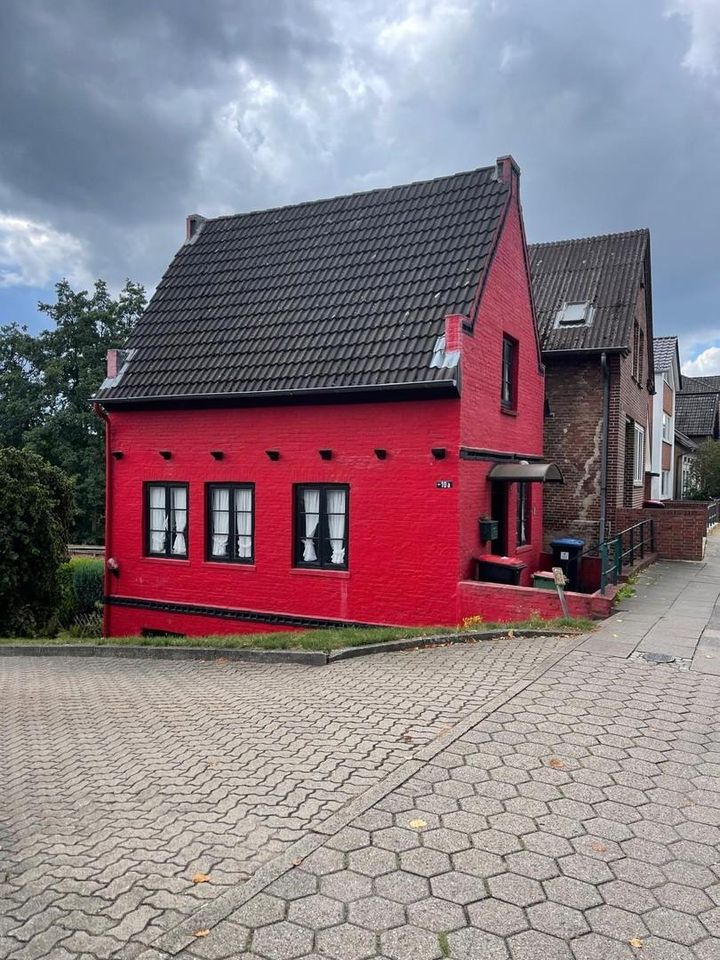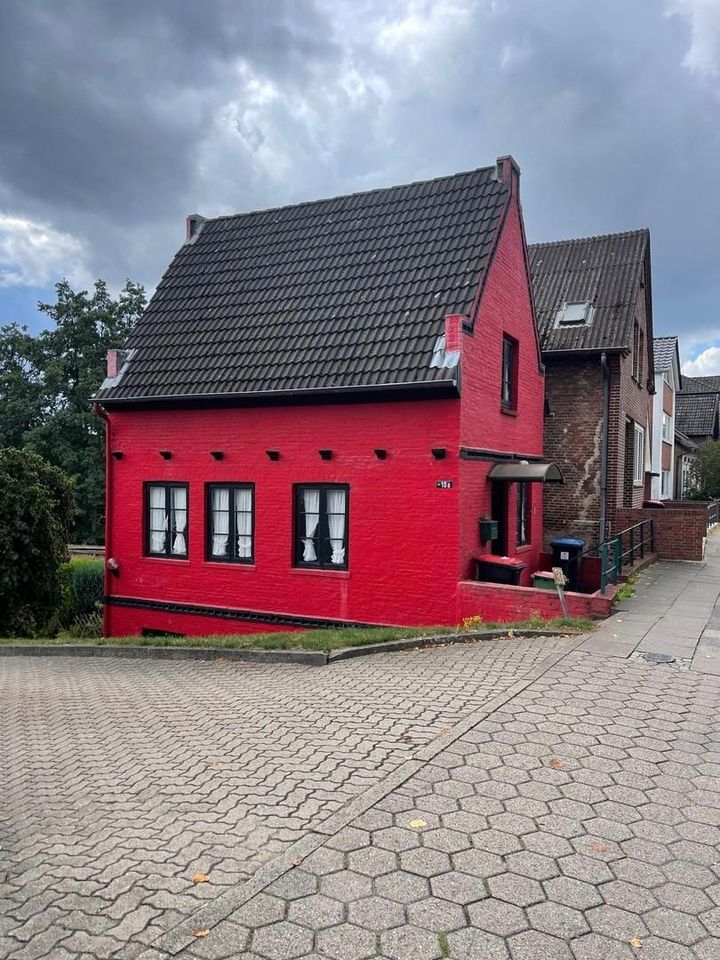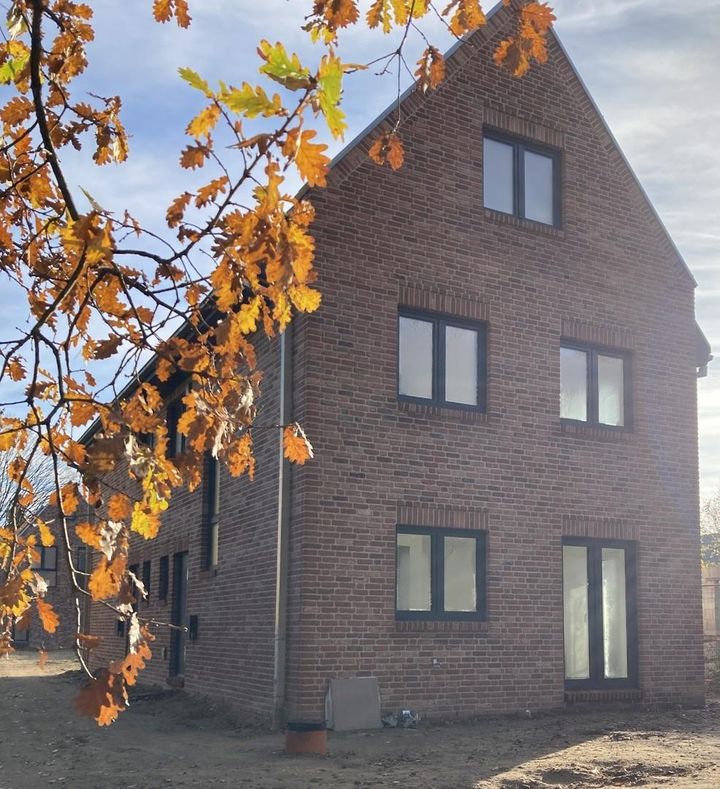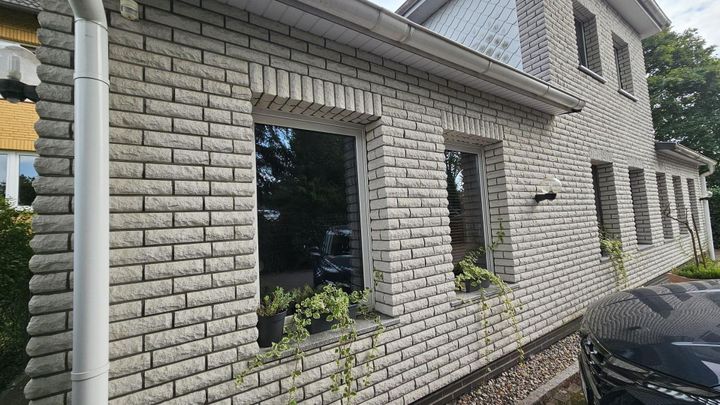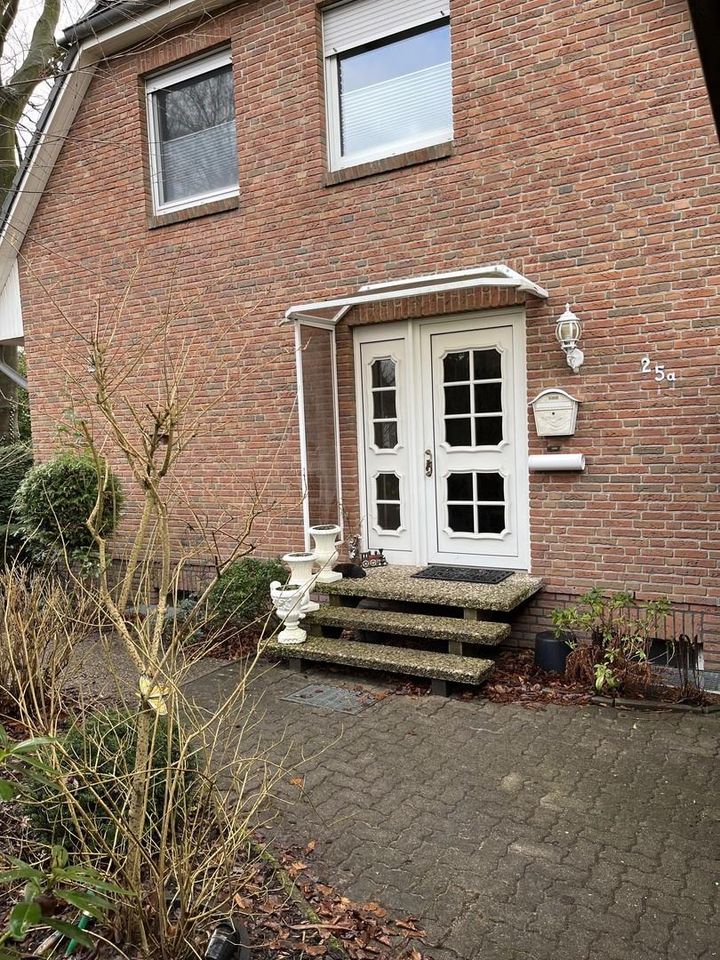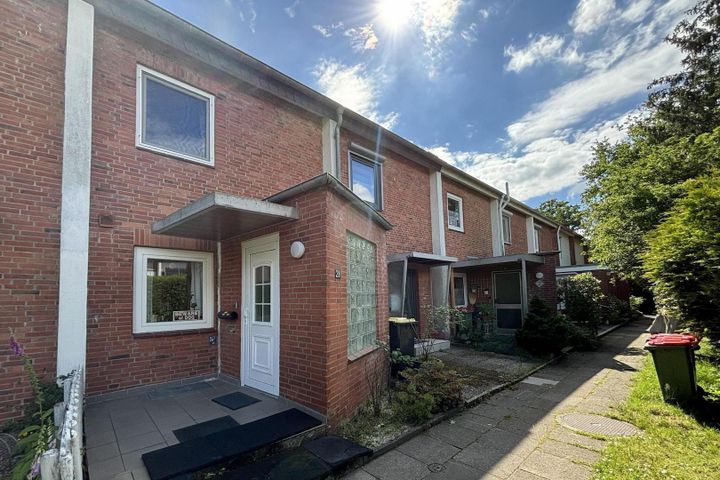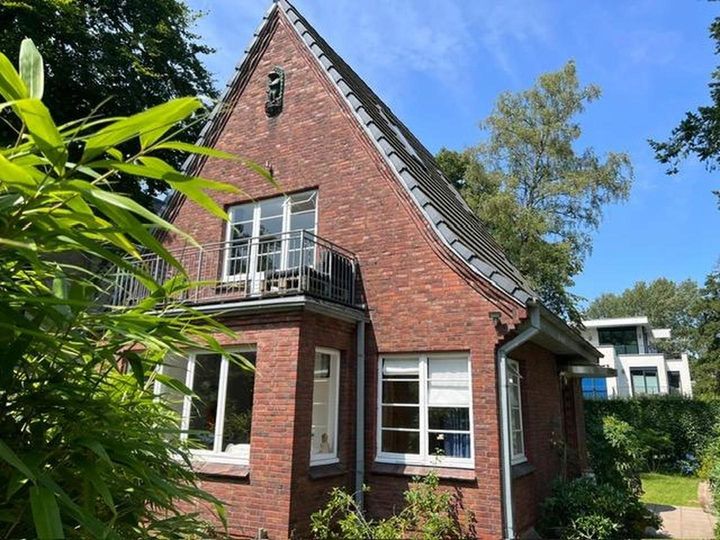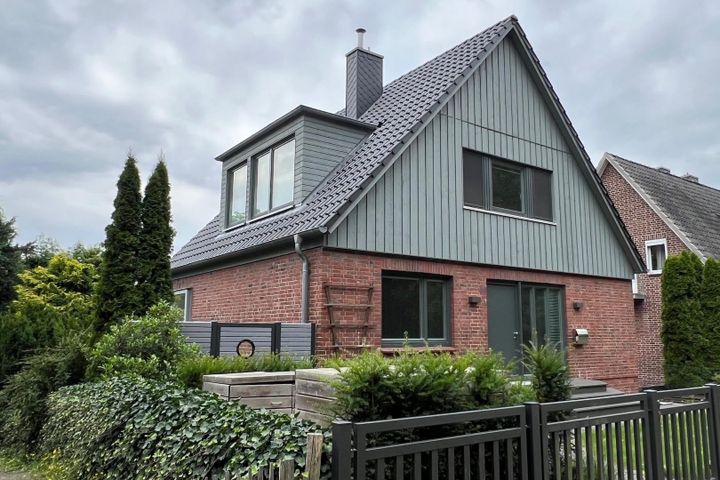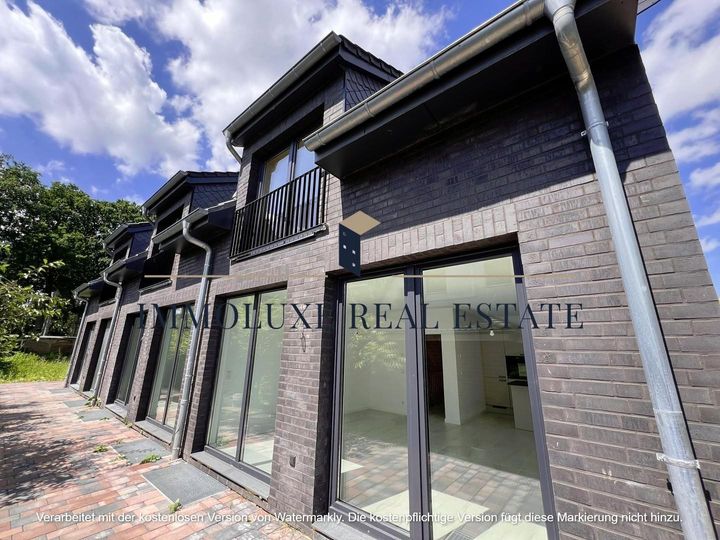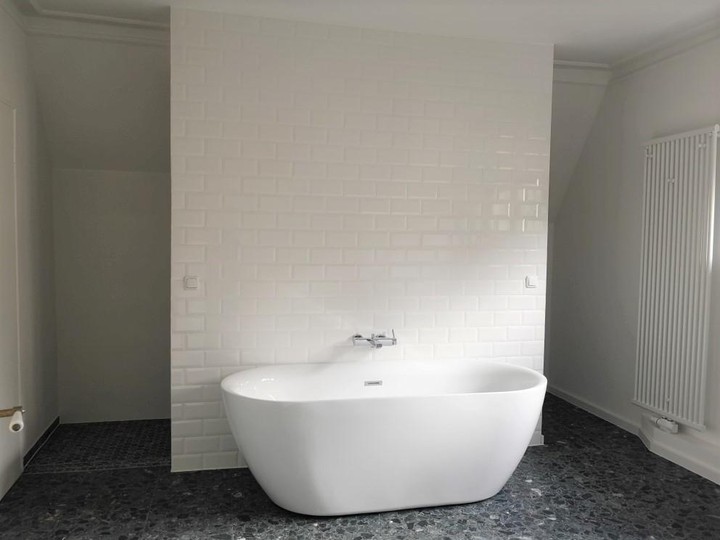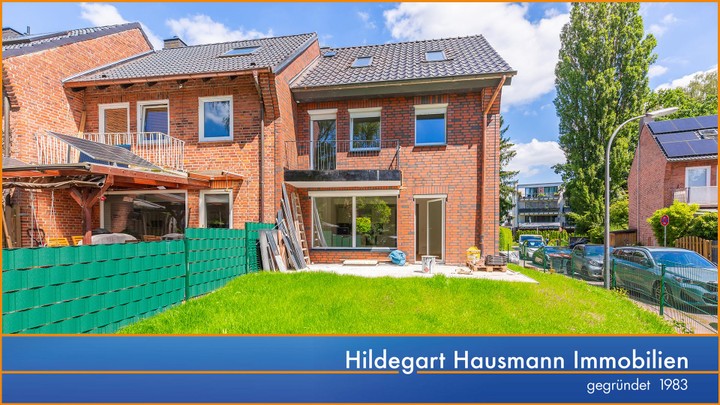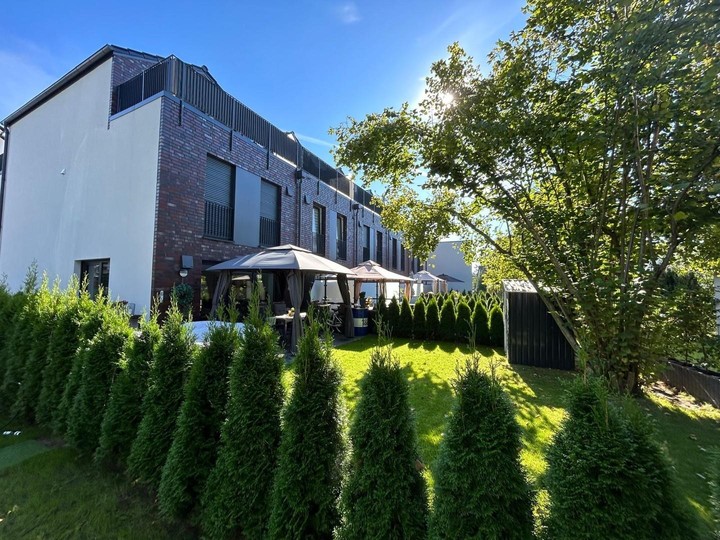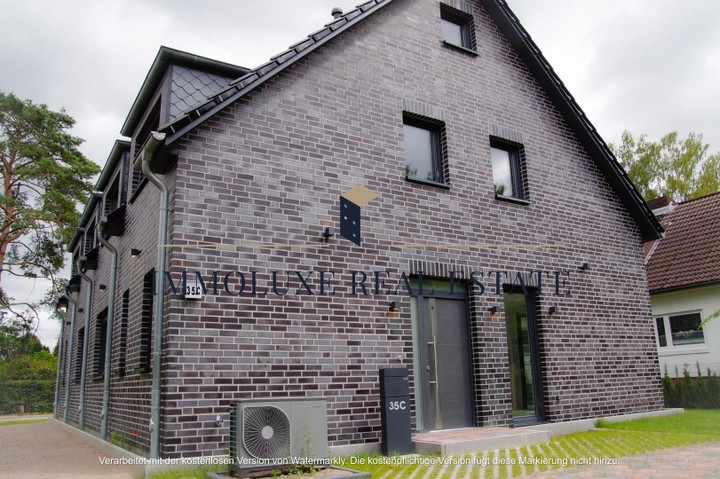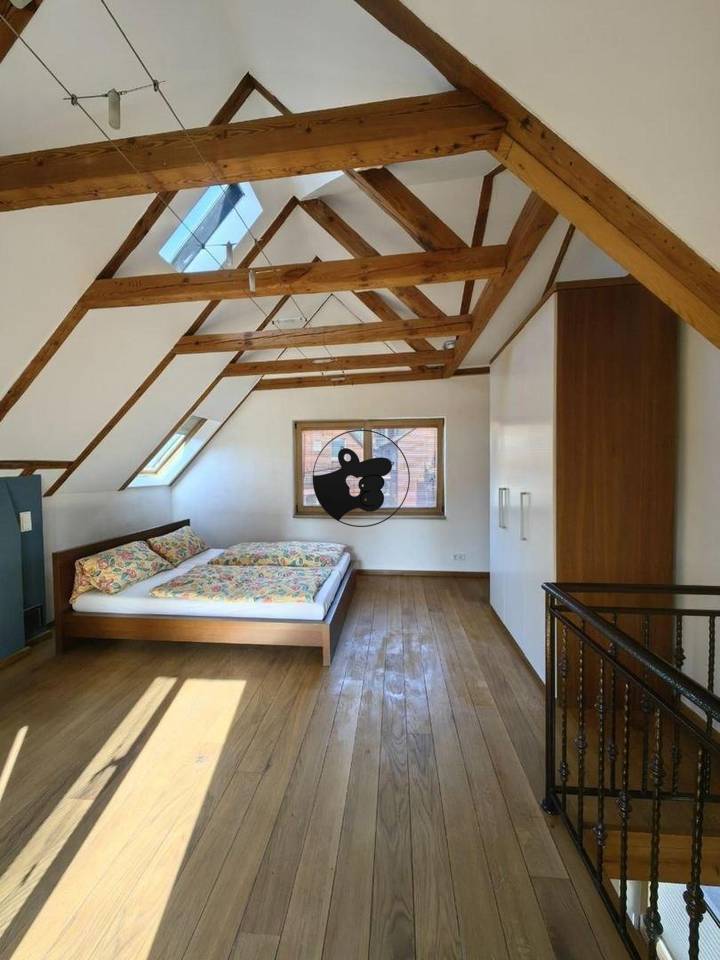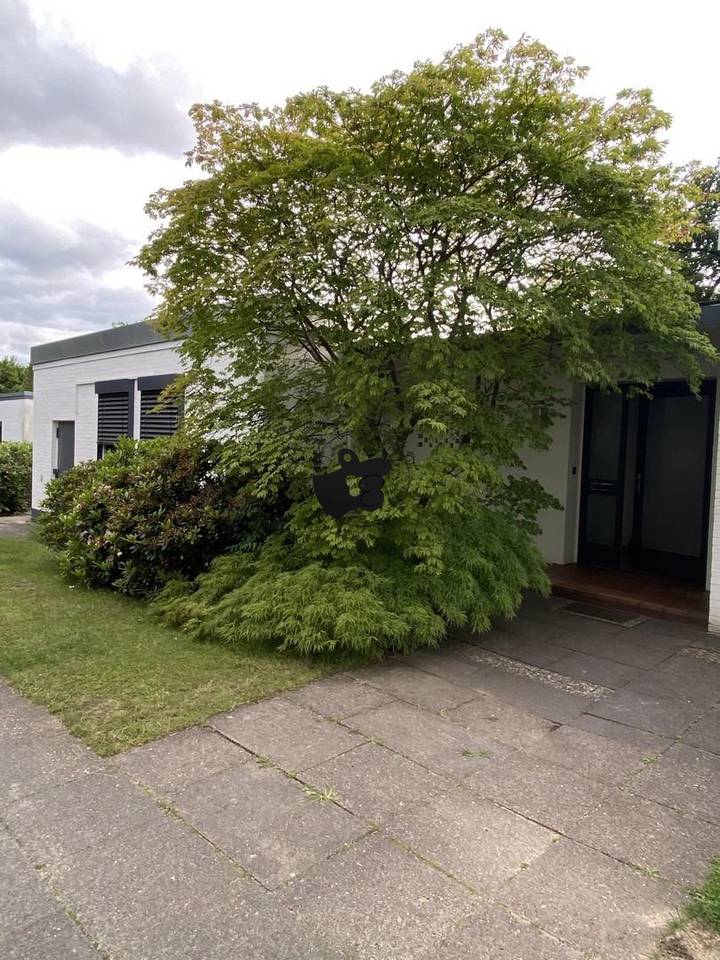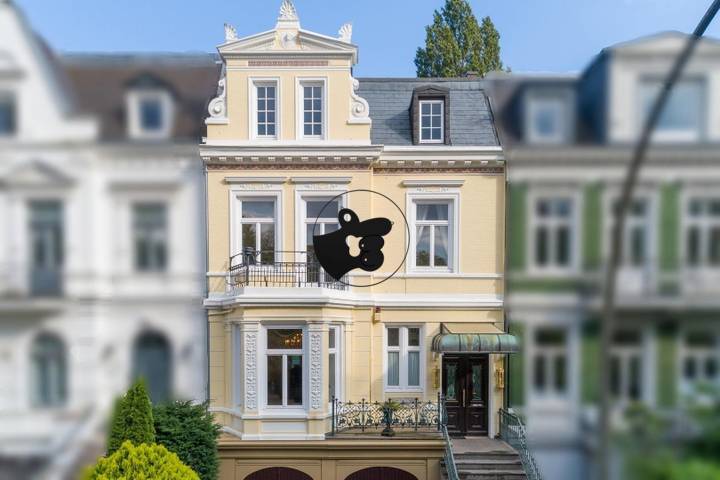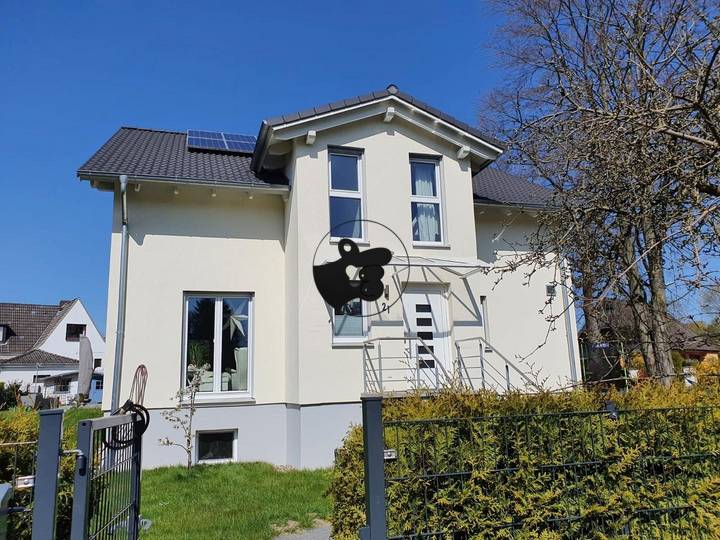As of 2023, the average rental price for apartments in Hamburg varies significantly depending on the district and apartment size. In popular areas like Eppendorf and Winterhude, one-bedroom apartments can cost around €1,200 to €1,500 per month. In contrast, neighborhoods such as Harburg or Altona typically offer lower rental rates, with one-bedroom units averaging about €800 to €1,000. For larger apartments, such as three-bedroom flats located in central districts, rental prices can soar to between €2,500 and €3,500 monthly. Additionally, the demand for housing in Hamburg has led to rising prices, particularly in sought-after areas close to amenities and public transport.
Hamburg
Location
Price Range
Any price
Price Range
Minimum
No min
Maximum
No max
Property type
Show all
Property type
Show all
House
Apartment
Building
Other
Bedrooms
Any beds
Bedrooms
Minimum
No min
Maximum
No max
Surface Range
Any surface
Surface Range
Minimum
No min
Maximum
No max
Sale type
To rent
Sale type
Show all
To rent
For sale
Location
Apartments and houses for rent in Hamburg
43 results
Recent
Hamburg insights
| Aspect | Summary |
|---|---|
| Gross Yield | Typically ranges from 3% to 5% in popular districts. |
| Rental Demand | High demand, especially near universities and transport hubs. |
| Average Rent Price | Around €12 to €15 per square meter in desirable areas. |
| Vacancy Rates | Low vacancy rates at around 2% to 4%. |
| Tenant Turnover Rate | Moderate, approx. 30% annually, varies by area. |
| Operating Expenses | Typically 20% to 30% of rental income. |
| Regulation and Rent Control | Rents are regulated, with caps on increases. |
| Furnishing/Unfurnishing Rate | High demand for furnished rentals; 60% furnished. |
| Short-Term vs. Long-Term Rental Mix | Long-term rentals dominate; short-term increasing post-pandemic. |
| Local Economic Indicators | Strong job market and tech sector growth. |
| Rental Price Trends | Rents have increased steadily over the past 5 years. |
| Lease Terms | Standard lease is usually 1 year, with options for extensions. |
| Deposit Requirements | Typically 2 to 3 months' rent. |
| Utilities and Other Costs | Utilities around €200-€300 per month. |
| Safety and Security | Generally safe; lower crime rates in most districts. |
Hamburg FAQ
What is the average rental price for apartments in Hamburg?
How much do rental prices vary between different neighborhoods in Hamburg?
Rental prices in Hamburg fluctuate significantly across different neighborhoods, reflecting the area's diverse demographics and amenities. For instance, in the upscale district of HafenCity, rents can soar upwards of €18 per square meter, largely due to its waterfront views and proximity to cultural hotspots. In contrast, neighborhoods like Wilhelmsburg or some parts of Harburg offer more affordable options, with prices averaging around €10 to €13 per square meter, attracting families and younger tenants looking for budget-friendly housing. Meanwhile, areas like Eimsbüttel and Ottensen sit in the middle range, with rents typically between €13 to €16 per square meter, benefiting from a vibrant atmosphere and a mix of dining and shopping options. Additionally, the impact of public transport accessibility plays a role; neighborhoods farther from the city center tend to have lower rental prices compared to those well-connected to public transit.
What factors influence rental prices in Hamburg?
Several factors influence rental prices in Hamburg, with location being a primary consideration. Areas like HafenCity, known for its waterfront views and modern architecture, command higher rents compared to neighborhoods such as Harburg or Wilhelmsburg, which are more affordable. Proximity to public transportation, such as the U-Bahn and S-Bahn stations, also plays a crucial role; neighborhoods with easy access to these systems see elevated prices due to their appeal to commuters. Additionally, the overall economic climate influences rental rates; in times of economic growth, demand often outstrips supply, pushing prices up. The condition and age of the property can also affect rentals, with newly renovated apartments in desirable areas fetching premium rates, while older buildings might be less expensive yet attract renters looking for character. Finally, amenities like parks, shops, and schools can significantly impact desirability and, consequently, rental prices in various districts of the city.
Are rental prices in Hamburg increasing or decreasing?
Rental prices in Hamburg have shown a notable trend of increasing over the past few years, although recent data suggests a potential stabilization in certain neighborhoods. For instance, the average rent for apartments in the trendy HafenCity area has risen sharply, with prices per square meter often exceeding €20, reflecting its desirability and proximity to the waterfront. Meanwhile, neighborhoods like Altona and Eimsbüttel have experienced more moderate increases, with rents hovering around €12 to €14 per square meter. However, there are indications that the pace of these increases may be slowing, as some renters are turning to more affordable suburbs like Wandsbek and Harburg, where prices remain lower—around €9 to €11 per square meter. Additionally, with the ongoing economic fluctuations and changes in population dynamics post-COVID, the rental market in Hamburg is becoming increasingly complex, attracting diverse demographics and potentially balancing out demand and supply in various areas.
What are the typical additional costs associated with renting in Hamburg?
When renting in Hamburg, tenants should be prepared for several additional costs beyond the monthly rent. One of the most significant expenses is the utility fees, which typically cover heating, water, and electricity. These can vary widely depending on the size of the apartment and usage, averaging around €200-€300 per month for a one-bedroom unit. Another common cost is the service charge (Hausgeld), which often includes maintenance of common areas, garbage collection, and building insurance, generally ranging from €100 to €200 monthly. Additionally, a security deposit (Kaution) of up to three months' rent is usually required upfront and is refunded at the end of the lease, assuming no damages. Furthermore, renters might encounter costs for internet and television services, which can add another €30-€60 per month. Finally, if the apartment is unfurnished, tenants may incur extra expenses for furnishing their new home.
How does the size of an apartment affect its rental price in Hamburg?
In Hamburg, the size of an apartment significantly impacts its rental price, reflecting the city's diverse real estate market. For instance, a compact one-bedroom apartment in the desirable neighborhood of Eimsbüttel can command around €1,200 per month, while a more spacious two-bedroom unit in the same area may range from €1,800 to €2,200, depending on amenities and location. Larger apartments, particularly in central districts like Hamburg-Mitte, often see premiums due to the desirability of living close to cultural and commercial attractions. Conversely, areas on the outskirts, such as Harburg, may offer larger spaces at lower prices, with monthly rents for three-bedroom apartments sometimes starting at €1,500. Ultimately, the correlation between size and price showcases the role of demand and location within the Hamburg rental landscape.
What amenities can affect rental prices in Hamburg?
Rental prices in Hamburg can be significantly influenced by a variety of amenities. Proximity to public transportation, such as S-Bahn and U-Bahn stations, can raise rental costs, as easy access to these systems is highly valued by commuters. Properties that include parking spaces or bike storage tend to command higher prices, especially in urban areas where parking is limited. The presence of modern appliances, such as dishwashers and in-unit laundry facilities, can also attract higher rents, as tenants often seek convenience. Additionally, amenities like fitness centers, rooftop terraces, and communal gardens can enhance the desirability of a building, leading to increased rental rates. In neighborhoods like HafenCity or Eppendorf, upscale dining and leisure options can further elevate property values. Furthermore, the availability of well-maintained green spaces and parks is an attractive feature for many renters, influencing their willingness to pay more for a property nearby.



